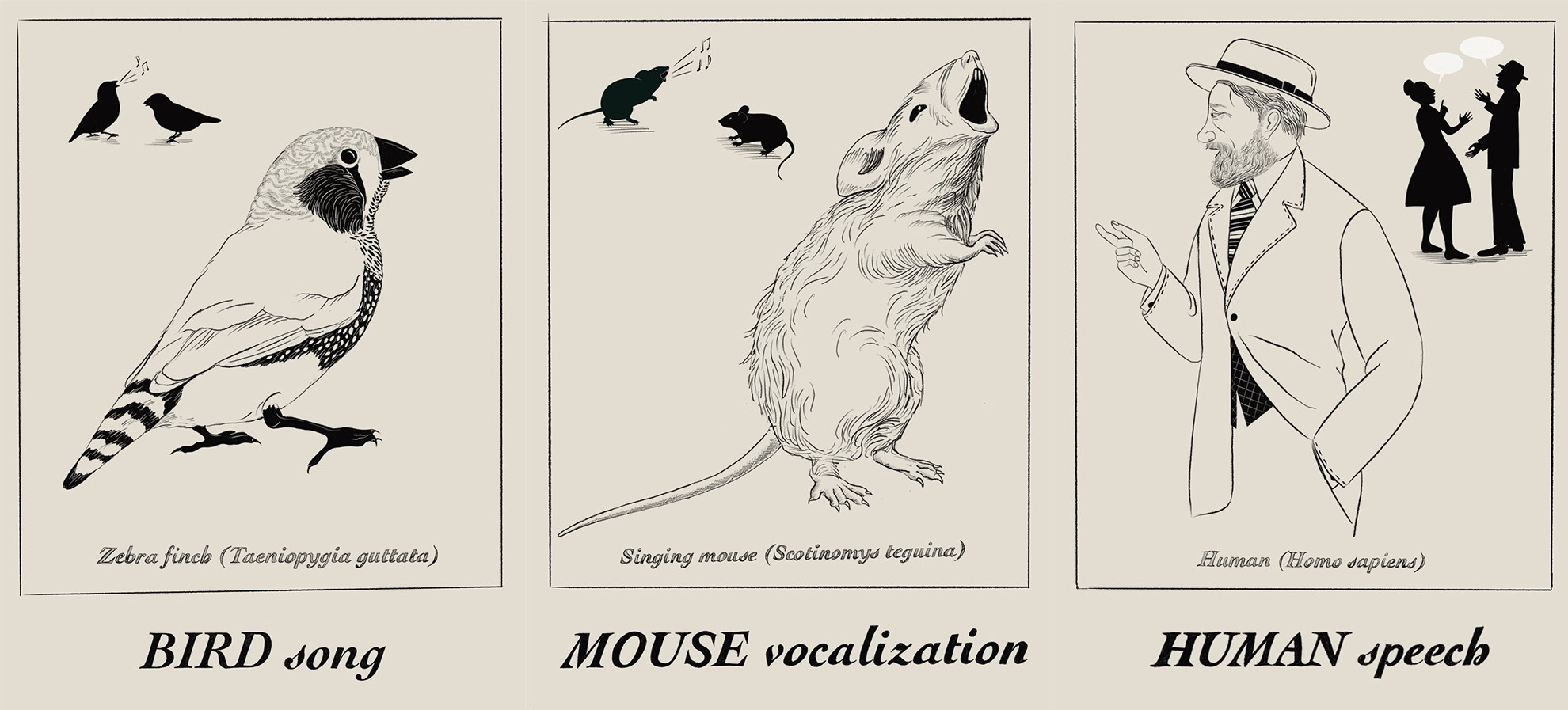"Legacy Effects Shape the Evolutionary Ecology of Cities"
 Christopher Schell ESPM Christopher Schell UC Berkeley
Christopher Schell ESPM Christopher Schell UC Berkeley
Bio:
Dr. Chris Schell is an Assistant Professor in the department of Environmental Science, Policy, and Management at the University of California Berkeley. Dr. Schell’s research focuses on the behavior, physiology, and health of wildlife in cities. Specifically, he and his lab investigate how urban infrastructure, environmental stressors, and human-wildlife interactions shape the phenotypic traits of mammalian carnivores, mainly coyotes and raccoons. Because the distribution of such attributes is often governed by societal inequities (e.g., socioeconomic, racial, etc.), Schell and his team also spotlight the need to incorporate an environmental justice and One Health lens into urban ecological research. Further, he is committed to community engagement and science communication, collaborating with organizations like the Cal Academy of Sciences, Oakland Zoo, East Bay Regional Parks, Doris Duke Scholars Conservation Program, and California’s 30x30 initiatives.
Abstract:
Past ecological processes and phenomena often have broad implications for contemporary habitat conditions and ecosystem structure. Long-term ecological research, for instance, has provided extraordinary insight into the processes that influence primary and secondary succession, population growth rates, community assemblages, and nutrient cycling. Similarly, past societal legacies have profound impacts on current societal processes, with much of our current reality shaped by policies enacted decades past. These social and ecological legacies are often most apparent in cities, where humans and their constructed ecosystems coalesce. It is in these environments that we have a unique opportunity to interrogate how our past shapes our social-ecological present. Necessarily, understanding how past societal processes have contributed to shaping current ecosystem processes is key to building predictive models and resilient systems for our future. In this talk, Dr. Chris Schell will explore how one of those legacies in particular – residential segregation via redlining – stratified people and resources, influencing myriad biophysical properties of the city that we currently experience. In doing so, he will discuss how urban evolutionary ecology research can serve to amplify how inequities in society drive ecological disparities in and outside of urban landscapes.
Click here to watch the seminar!



